Tour of Flanders tech: Wider tires, bigger cogs the norm
Some riders opt for 32-tooth cog for Koppenberg
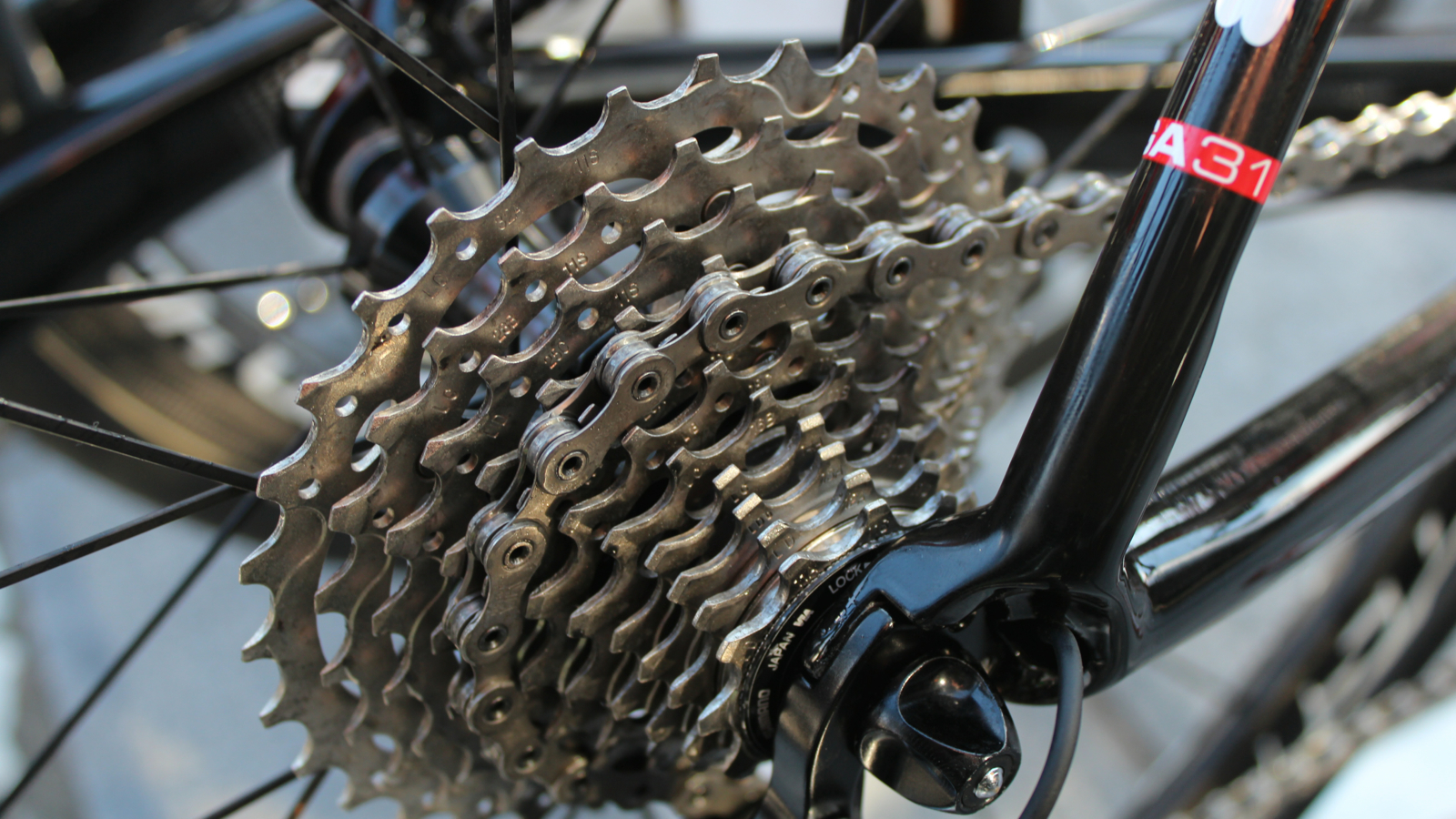
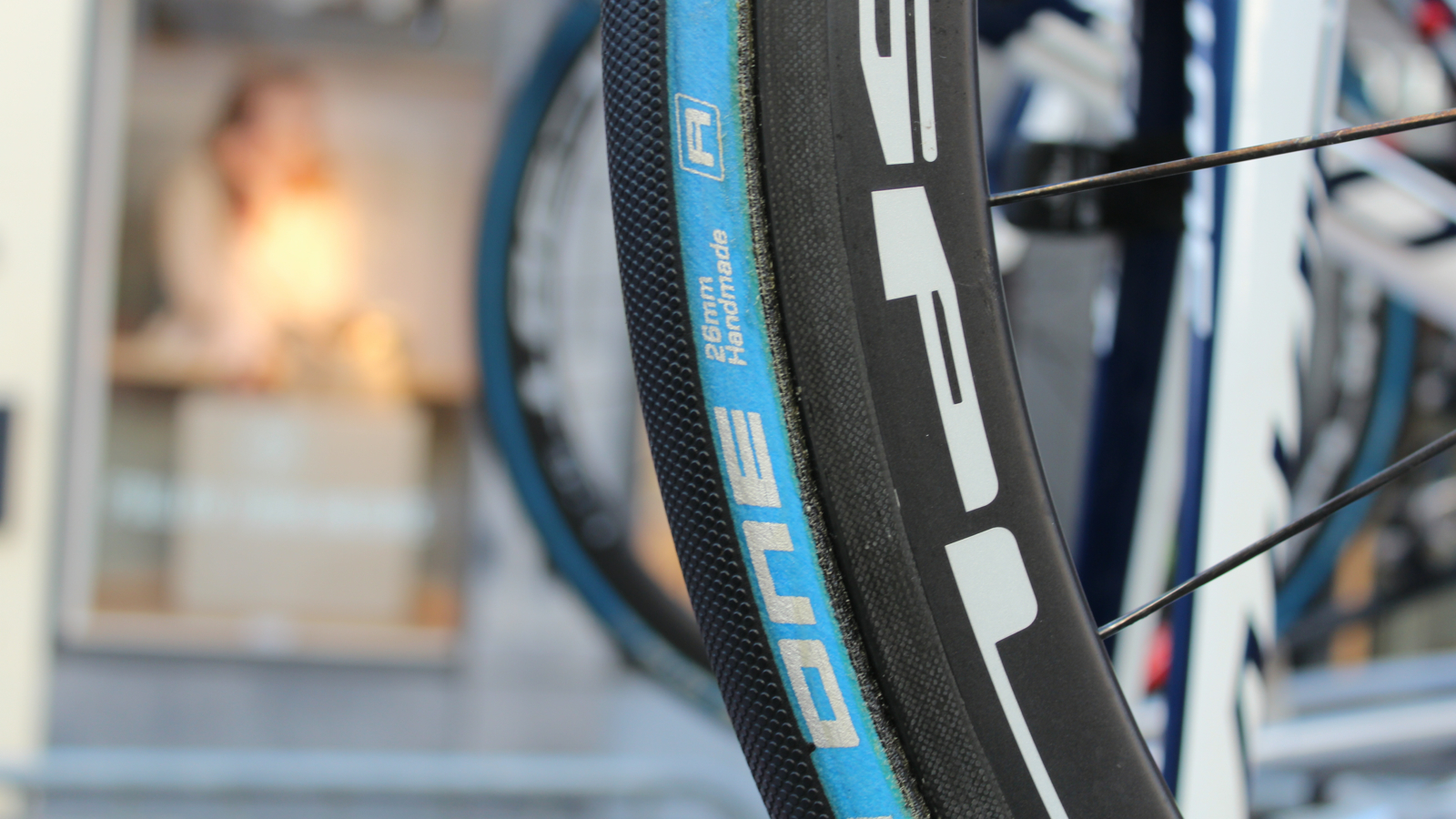
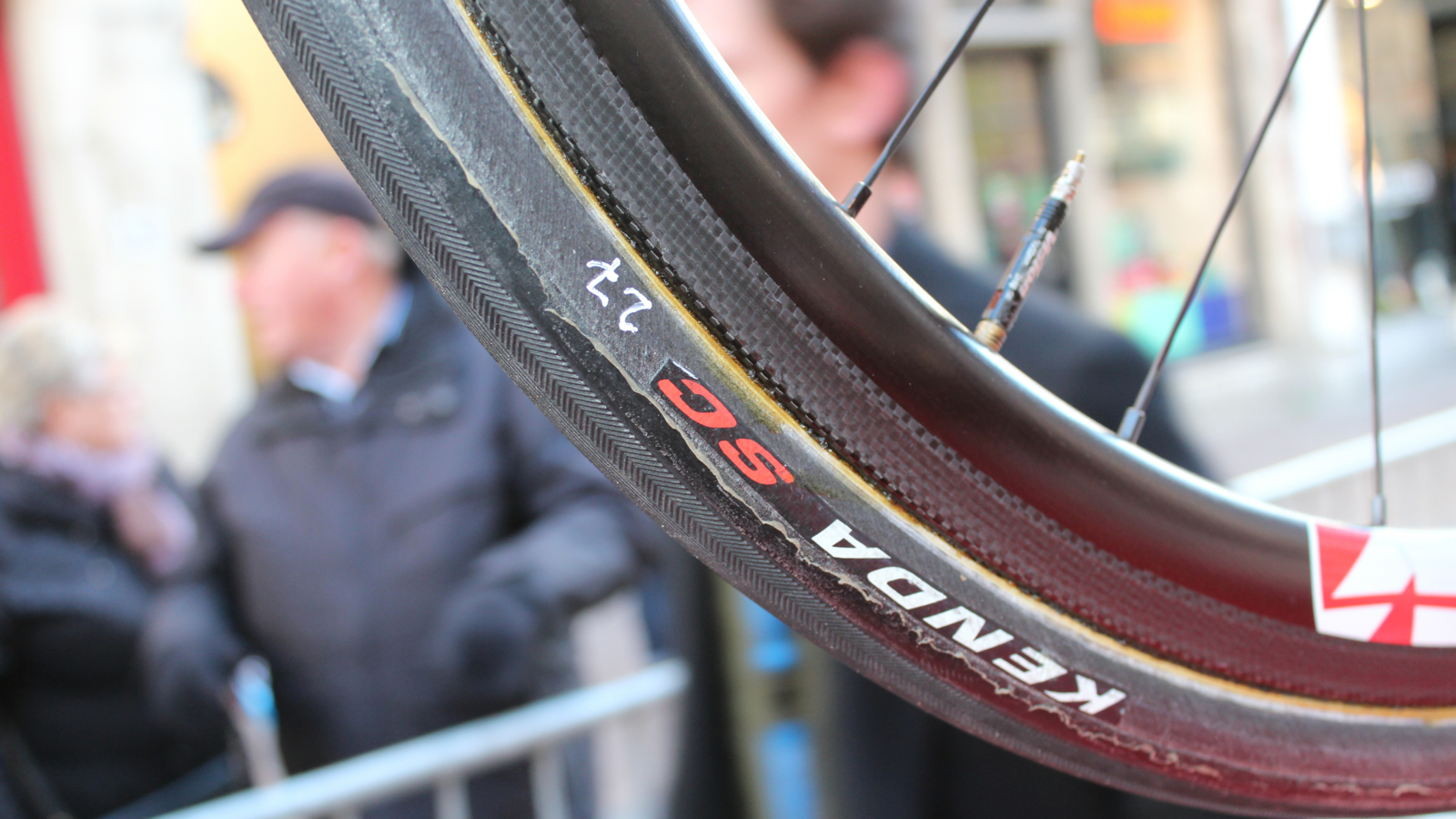
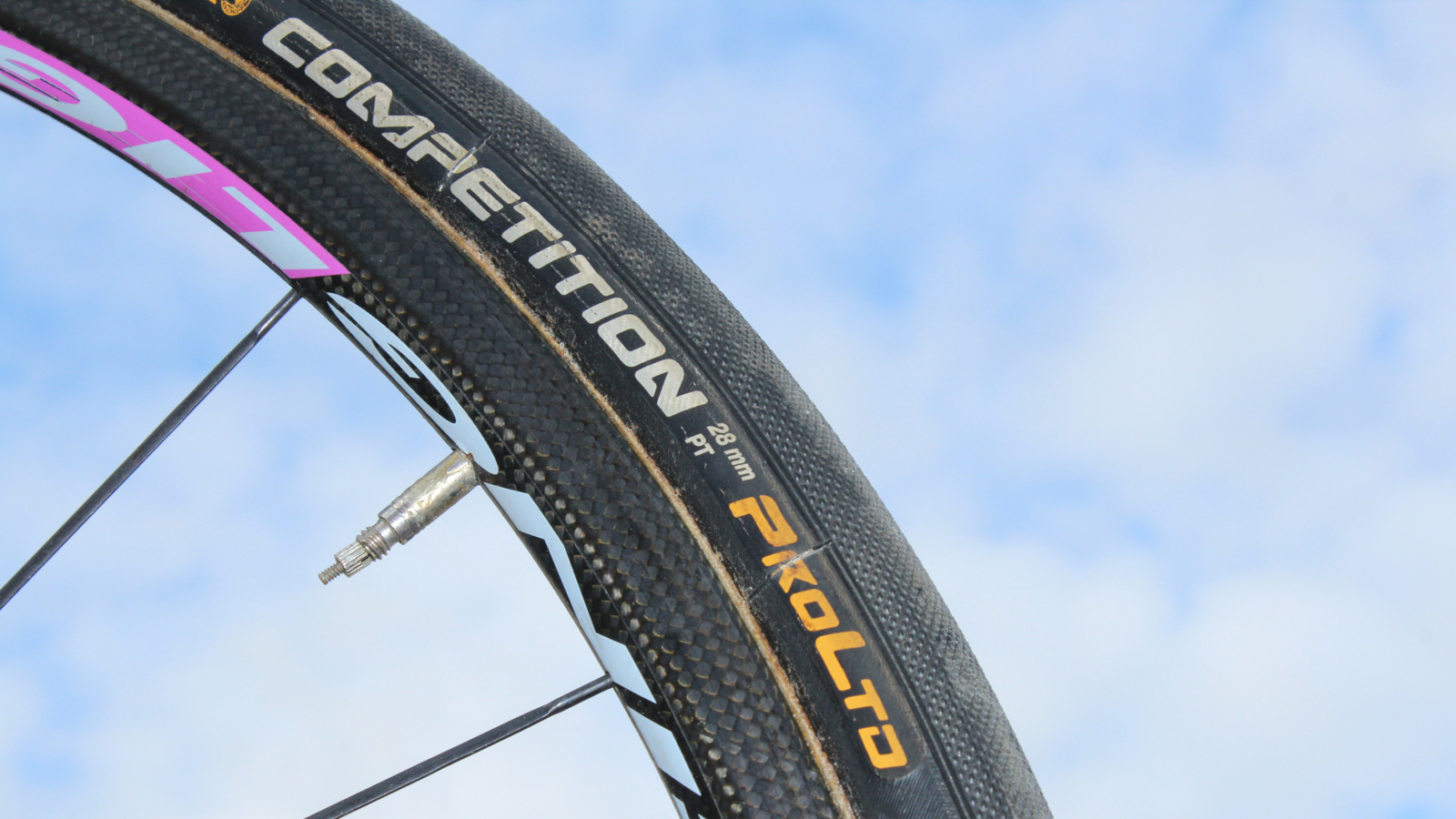
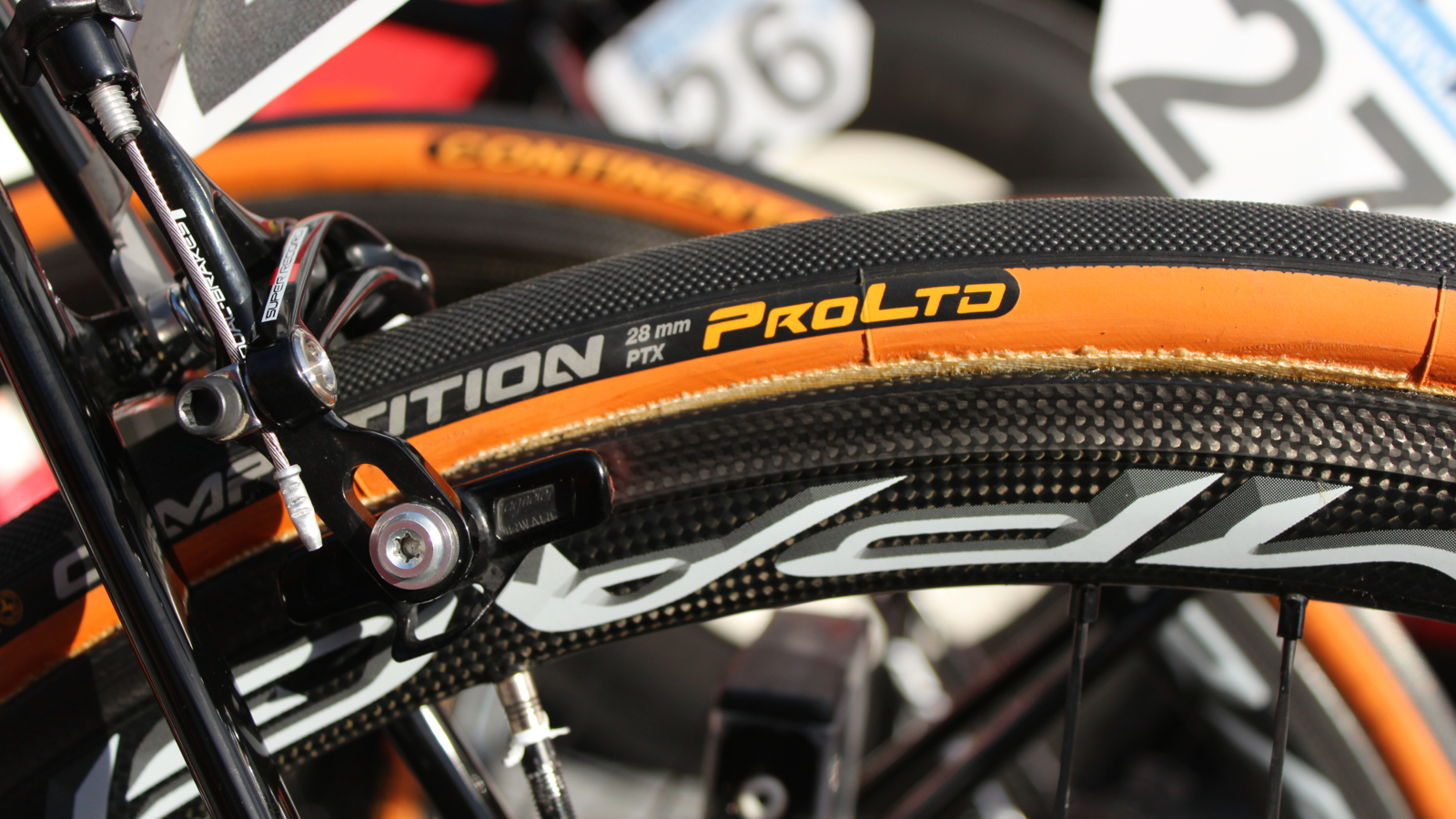
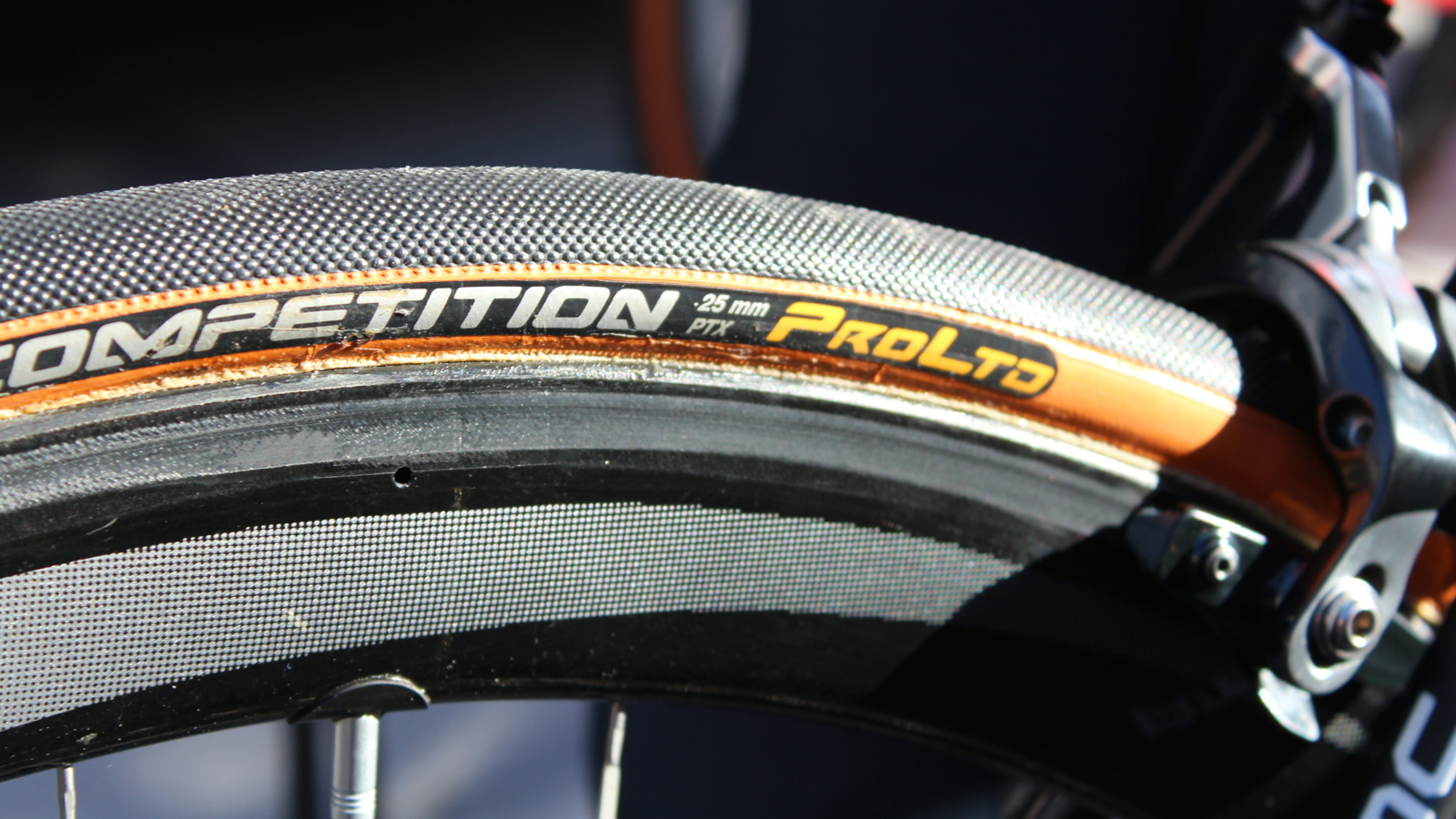
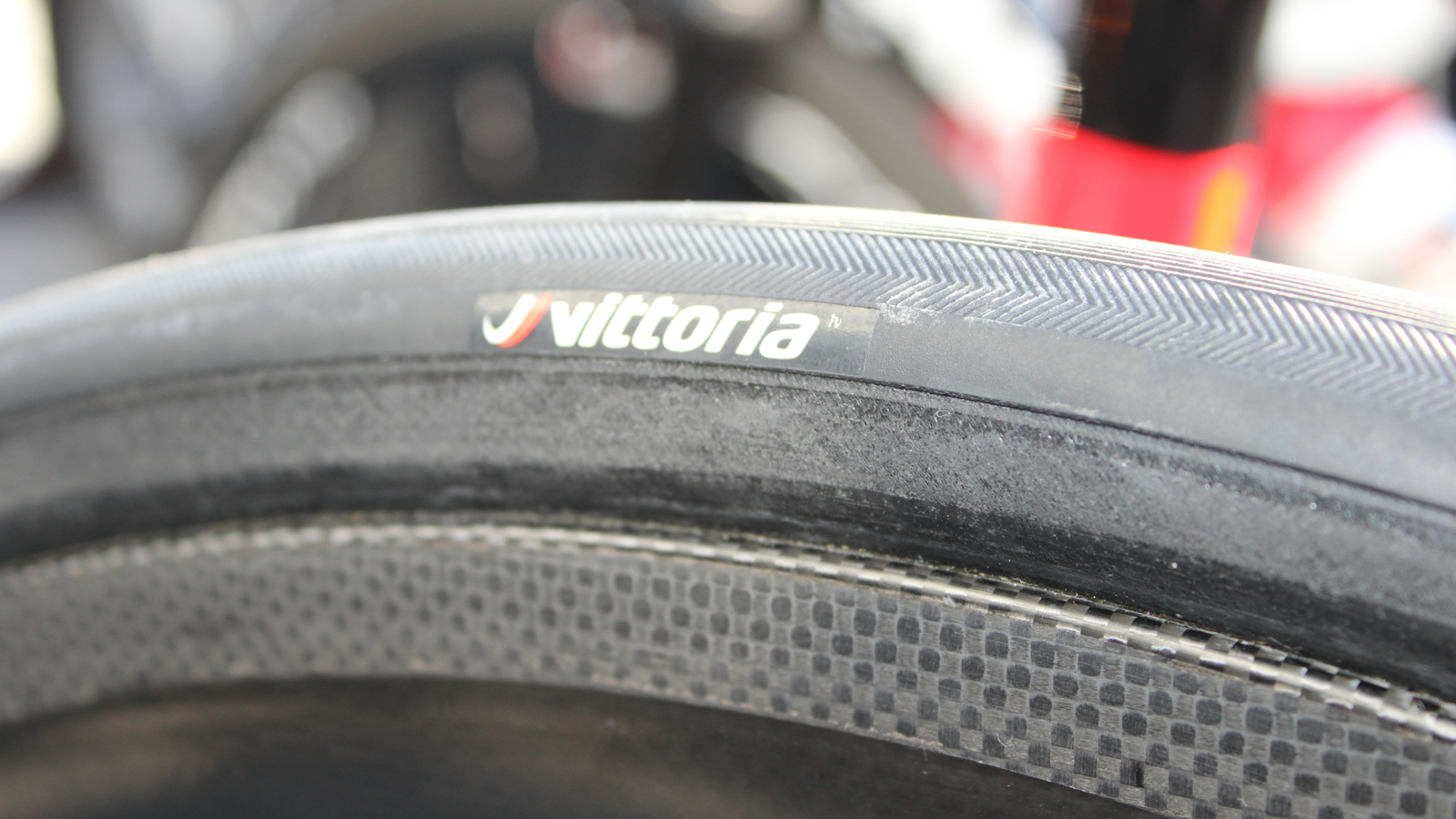
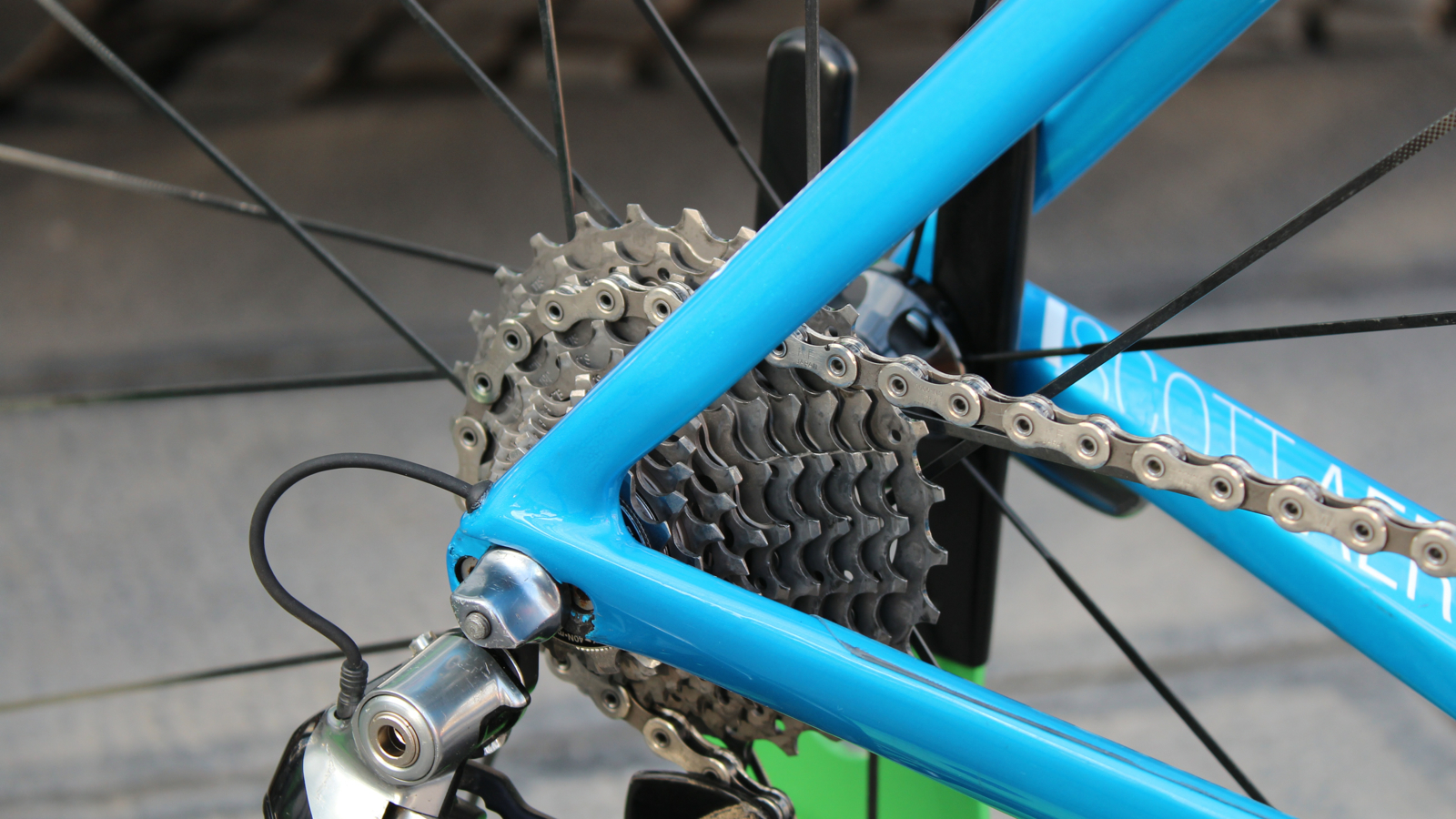
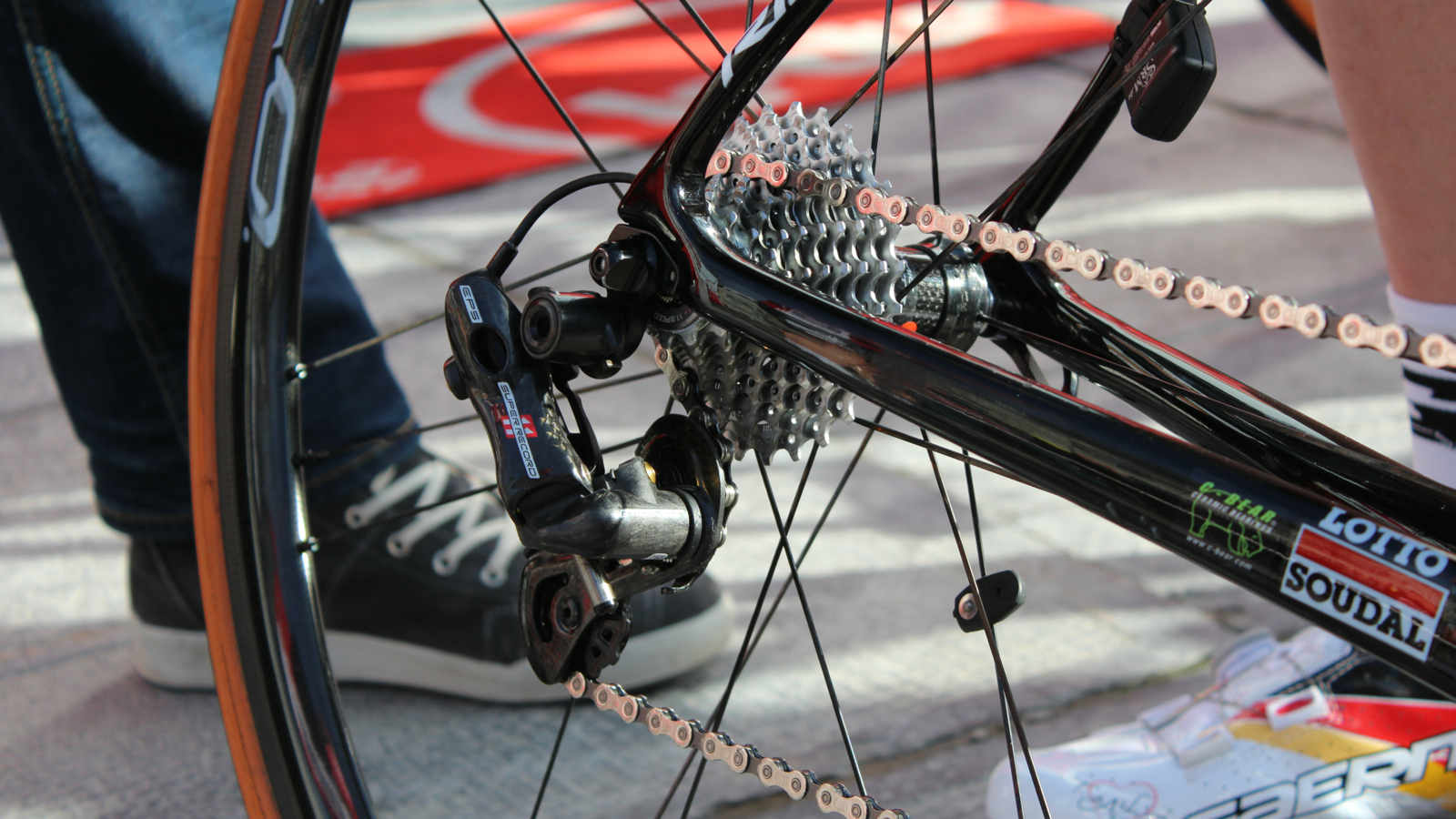
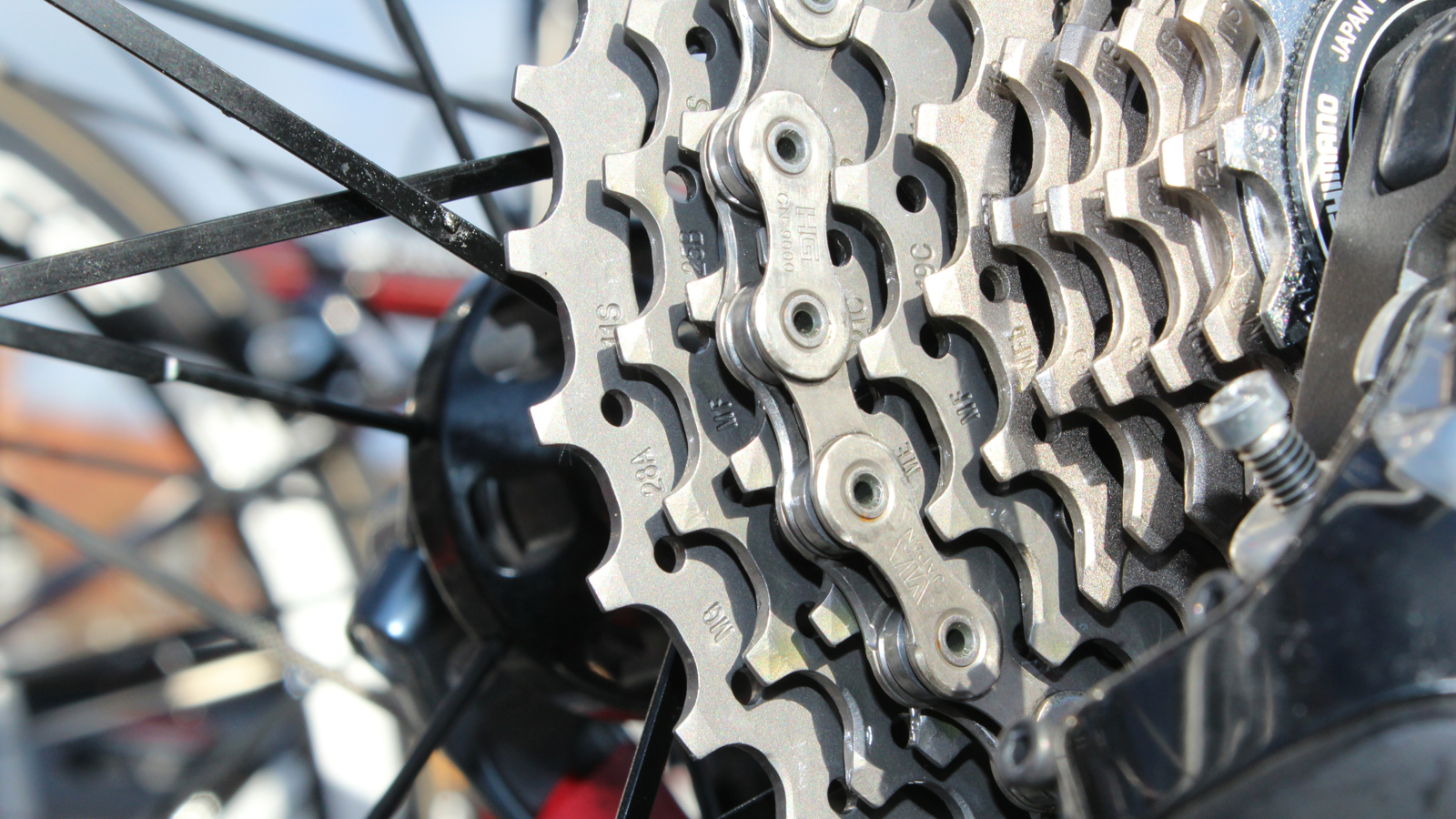
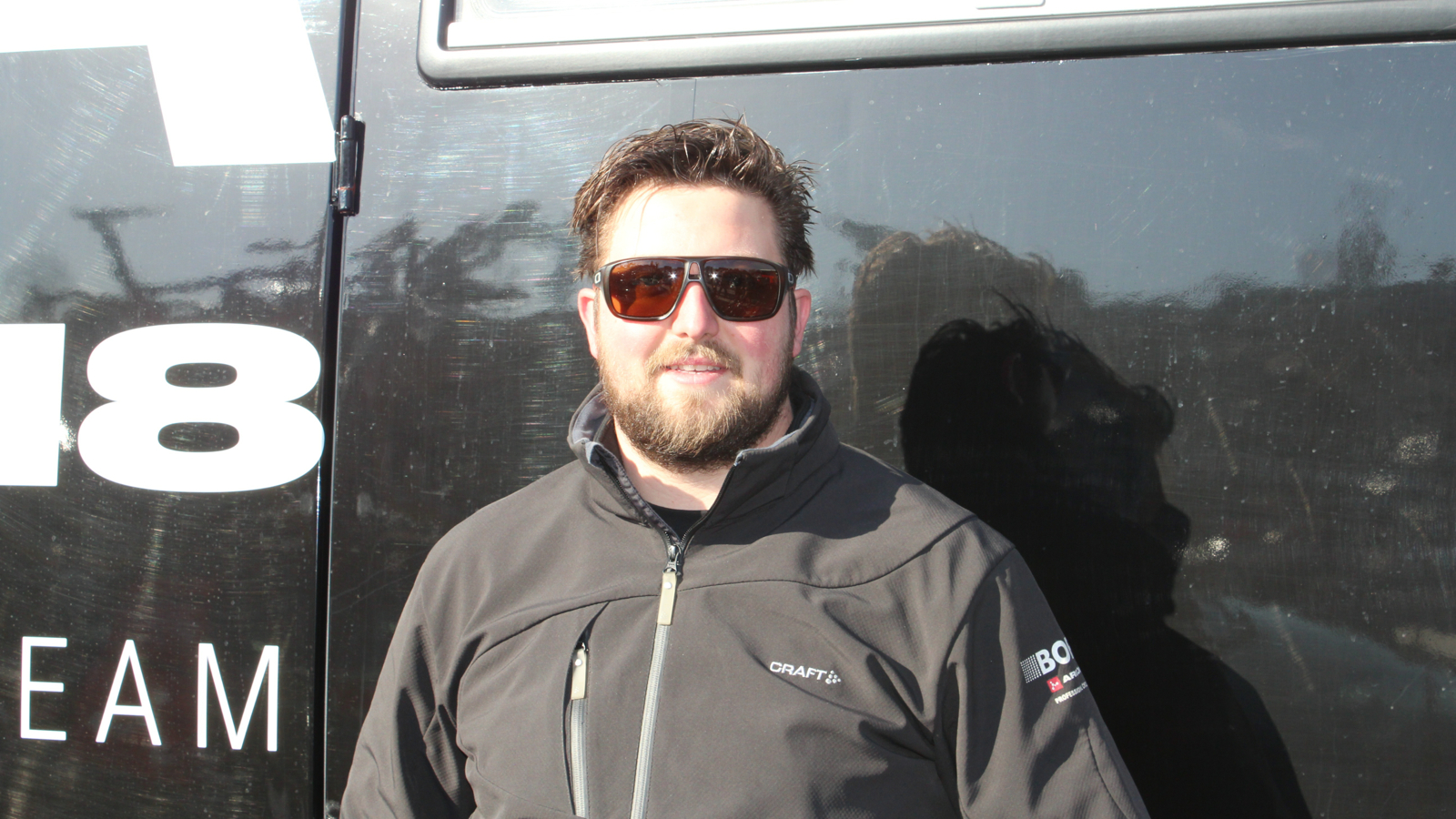
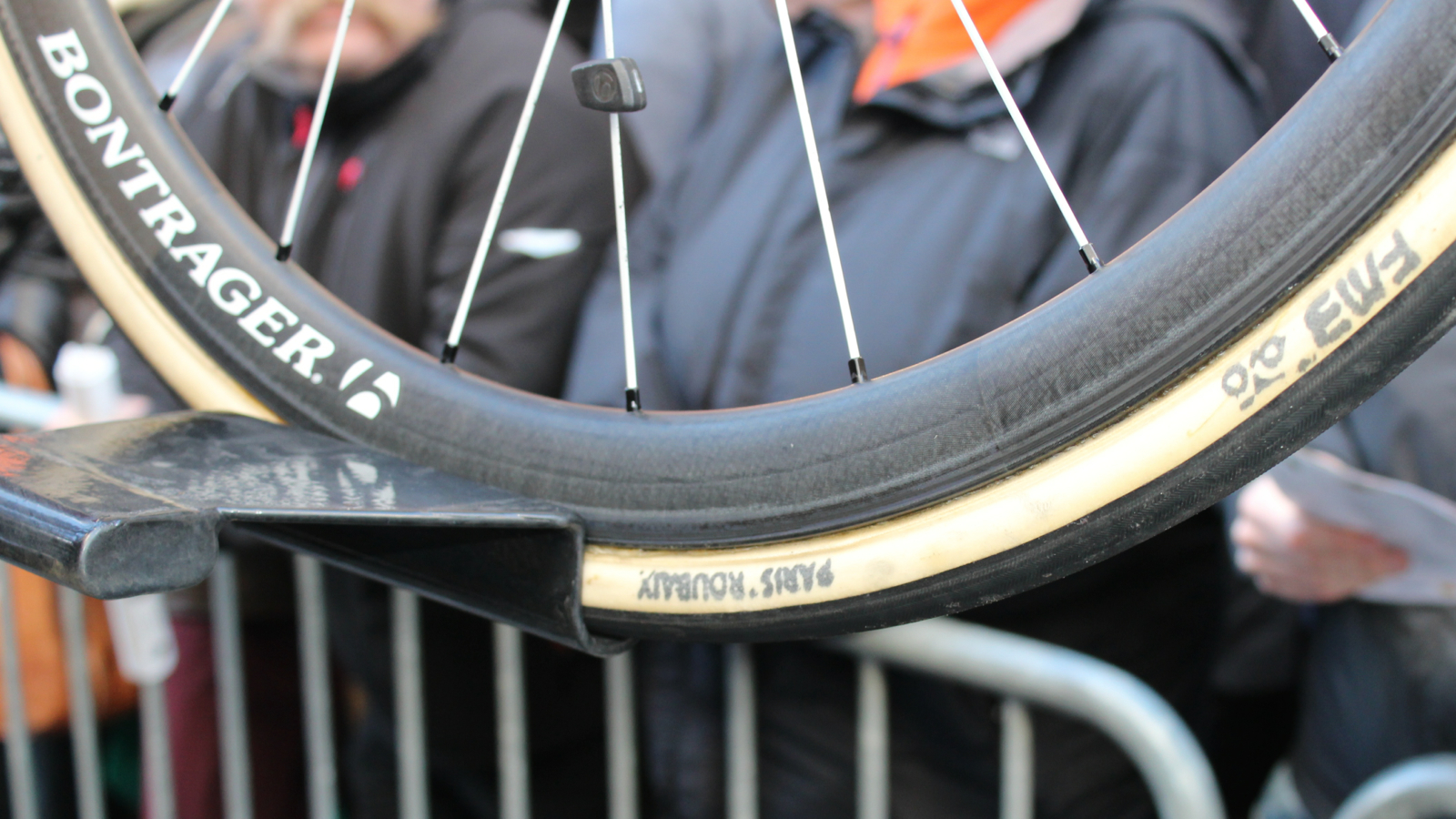
This article appeared first on BikeRadar.
Years ago pros would have scoffed at it, but low gears were the norm at the 2015 Tour de Flanders, with most bikes using 11-28t cassettes and Bora-Argon 18 opting for the huge 11-32t range at the back. Similarly, tubular widths once reserved only for Paris-Roubaix came out in spades, with 26, 27 and 28mm casings in widespread use.
Held in Belgium from Bruge to Oudenaarde, the Tour of Flanders tackles 19 short but steep climbs, many of them paved with rough cobbles.
“We know from yesterday on the Koppenberg, in the citizens' race everybody was walking because of the water and sand,” Bora-Argon 18 lead mechanic Rob Geysen said at the start. “When there is a little hesitation in the peloton, our riders can shift lower and not have to put a foot down.”
Former pro rider and current Specialized team liaison Gian Paolo Mondini echoed the benefit of having a low gear. Although obviously much stronger than the riders in the Flanders sportif, pros do experience some of the same frustrations when a rider, group or riders, in front slip out and stop on the narrow, cobbled climbs. “If you have to restart, it’s much better and faster to have a lower gear to get going,” Mondini said.
It ended up being dry on the Koppenberg, but with a crash at the bottom and a few riders bobbling in the in middle, several riders did indeed have to put a foot down.
All the WorldTour teams ran cassettes with at least a 27t (Lotto-Soudal’s Campagnolo) if not a Shimano 28t on the back. Two Belgian teams notably opted for more traditional cassette sizes of 11-25t (Topsport Vlaanderen-Baloise) and 11-26t (Roompot Oranje Peleton).
Get The Leadout Newsletter
The latest race content, interviews, features, reviews and expert buying guides, direct to your inbox!
As for rubber, Vittoria, Veloflex, FMB and Specialized were among the brands represented with wider tubulars. Although a few 23mm treads were in use, most riders rolled out on at least 25mm-wide tubulars.
Bora-Argon 18 had 28mm Vittorias pumped to 5.5-6bar / 80-87psi, depending on the size of the rider.
“We have had one guy [Andreas Schillinger] one the 28s for two weeks, including at Gent-Wevelegem,” Geysen said. “He said they feel almost the same as 25s.”
The idea of bigger tires, of course, is that more volume — often combined with lower pressure — equals more suspension and perhaps better grip over rough roads. There is a bit of a trade-off with increased rotating weight.
Come Paris-Roubaix next weekend where the pavé is even more brutal, a little weight is a small price to pay.
“We wanted to go even bigger [than 28mm] for Roubaix, but we don’t have room in the frame,” Geysen said.